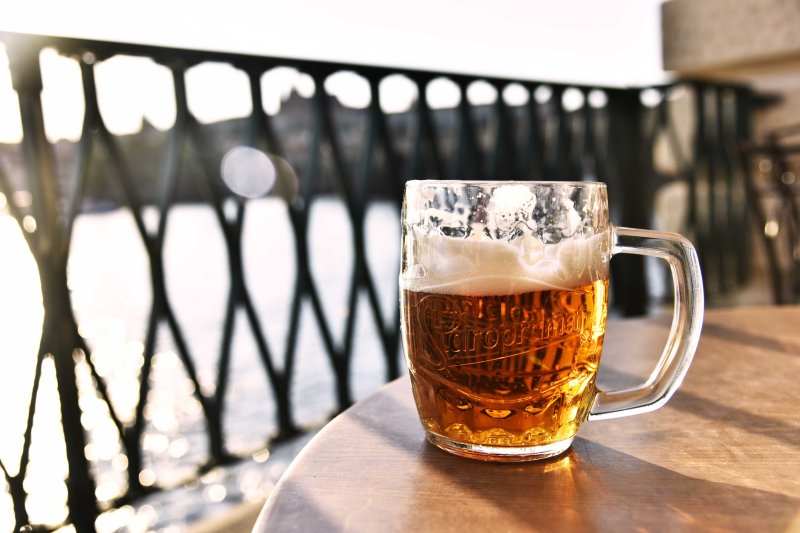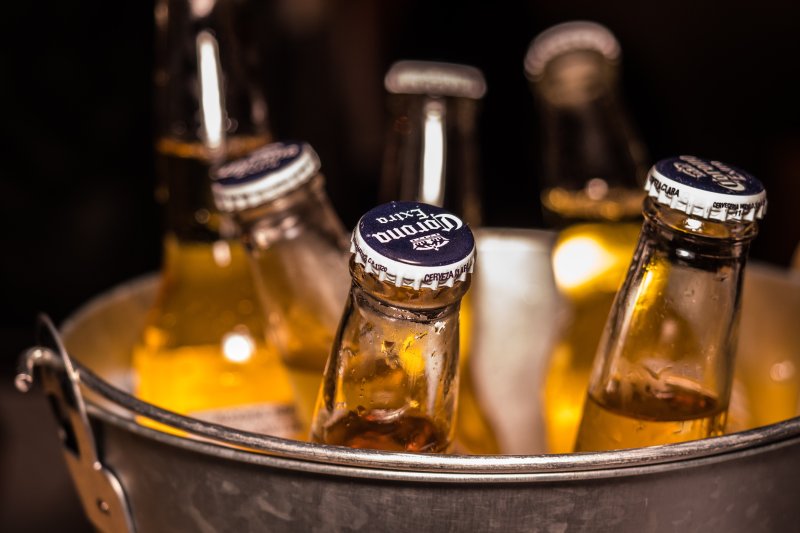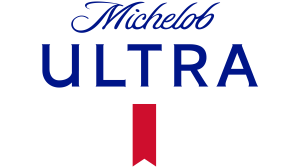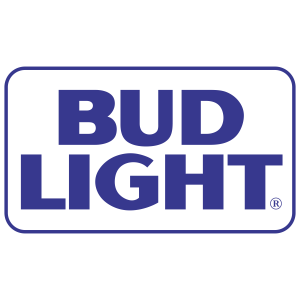Filter Search
Show available only
Categories
Price
Select all
Clear all
$0 - $10
$10 - $50
$50 - $100
$100 - $500
$500 & above
Filter Search
Show available only
Categories
Price
Select all
Clear all
$0 - $10
$10 - $50
$50 - $100
$100 - $500
$500 & above
Product is not availabe in this category, please select other category
ALL ABOUT LAGER
In ancient times beer found its place among different backgrounds and cultures to help keep them healthy. Initially, brewers crafted beer to keep people from getting sick due to the lack of clean drinking water. Over time, the enjoyment and relaxation that came from beer encouraged brewers to focus on flavor and alcohol content to spice up parties and kick back and relax. The main two types of beers, lagers and ales, differ mainly in their brewing process. Lagers brew at cooler temperatures than ales and the yeast used to ferment it settles at the bottom. Because of these cool temperatures and slower brewing times, the flavors expressed come out more crisp, fresh, and light than their ale counterparts. If you’re looking for a drink to lighten up a meal, relax on a busy day, or enjoy the warm summer nights with friends, lagers make an excellent choice. Tap our app, check out our lager selection, and get them sent directly to your door!

History
One of the world's oldest prepared alcoholic drinks, beer dates back thousands of years. Evidence of the earliest constructed alcoholic drinks, found in the Raqefet Cave in Israel, suggests that semi-nomadic Natufians crafted beer approximately 13,000 years ago. This unique beer held characteristics similar to gruel and was likely used for feasts, rituals, and general use when clean drinking water became scarce. The production of beer involves the fermentation of sugar-containing substances, which could be anything from fruits and grains to vegetables like potatoes and sugar canes. Much of the drinking water available to early civilizations carried various bacteria and organisms that made people ill. Because of this, many cultures independently discovered how to brew beer during the agricultural revolution in 10,000 B.C. due to gathering large quantities of grain and accidently fermenting it. Thanks to this happy accident, modern cultures continue to brew new unique and refreshing beers to liven up parties and relax.
How Lager is Made
Lagers brewing process takes longer than ales since they require colder temperatures and utilize European lager or Pilz malts for their wort. Brewers start the fermentation process by pitching the wart and yeast at low temperatures to ensure a clean and clear base. The lager yeast added to them ferments at the bottom of the batch and sits at temperatures from 48-55°F for up to 7-10 days. Brewers then remove as much of the excess ingredients, which can lead to unwanted flavors, as possible before transferring it to cold storage. The resulting mixture gets left to lager in cold storage for three to four weeks or more, depending on the characteristics brewers seek. During this process, called diacetyl rest, the beer loses unwanted flavors that the yeast produces during fermentation. The beer then goes into its lagering phase where much of the unwanted material falls to the bottom of the beer. Once this excess material gets removed and the beer reaches the taste and consistency desired, brewers bottle them up and send the batches out to be enjoyed!
Types of
- Pilsner - Originally brewed in the city of Pilsen in the Czech Republic, Pilsners are light in color and have a crisp, refreshing taste with a moderate hop bitterness and a slightly sweet finish. They are typically made with lighter malts and Saaz hops.
- Helles - Helles is a pale lager that originated in Munich, Germany. It has a light golden color and a slightly sweet, malt forward flavor. The hops used in Helles lagers are usually mild, with a low bitterness.
- Dortmunder - Dortmunder is a golden lager that originated in the city of Dortmund, Germany. It has a balanced malt and hop profile, with a slightly sweet, biscuity flavor and a moderate bitterness. Dortmunder lagers are typically brewed with Pilsner malt and German noble hops.
- Vienna - Vienna lagers originated in Vienna, Austria, and are characterized by their amber color and toasty, slightly sweet flavor. They are typically brewed with Vienna malt, which gives the beer its distinctive color and flavor.
- Märzen - Märzen is an amber lager that was traditionally brewed in March and stored in cool cellars throughout the summer, hence the name "Märzen" which means "March" in German. It has a rich, malty flavor with a hint of sweetness and a medium body. Märzen lagers are often brewed with Munich malt and noble hops.
- Bock - Bocks are strong, dark lagers that originated in Germany. They have a rich, malty flavor with hints of caramel and a slightly sweet finish. Bocks are typically brewed with a combination of Munich and Vienna malts, which give the beer its dark color and rich flavor.
- Dunkel - Dunkel is a dark lager that originated in Bavaria, Germany. It has a rich, toasty flavor with hints of chocolate or coffee and a medium body. Dunkel lagers are usually brewed with Munich malt, which gives the beer its dark color and rich flavor.
- Schwarzbier - Schwarzbier is a black lager that originated in Germany. It has a smooth, roasted flavor with a medium body and a low to moderate hop bitterness. Schwarzbiers are typically brewed with dark malts, which give the beer its distinctive color and flavor.
- Rauchbier - Rauchbier is a smoked lager that originated in Bamberg, Germany. It has a distinct smoky flavor that comes from using malt that has been dried over an open flame. Rauchbiers can have a range of flavors, from mild to intensely smoky, and are typically brewed with Pilsner or Vienna malt.
- Baltic porter - Baltic porters are strong, dark lagers that originated in the Baltic region of Europe. They have a rich, complex flavor with hints of chocolate and coffee and a full body. Baltic porters are typically brewed with dark malts and fermented with lager yeast, which gives the beer its smooth, clean finish.
WHAT DOES LAGER TASTE LIKE?
Lagers taste vary drastically from one style to another. Generally speaking, lagers are often less bitter and more carbonated than ales, though darker counterparts may contain sweeter and more robust flavors. Lighter varieties tend to be less flavorful and more crisp than the darker varieties due to the ingredients used to brew them. Even within the categories, brewers aim for many different outcomes. Take your time, and explore your options to find what suits you best!

How to Drink Lager
Although exceptions do exist, brewers typically recommend drinking lagers ice cold. Bocks defy this rule and taste better when around room temperature. Lagers often get served in mugs or pint glasses. Pilsners get served in specific pilsner glasses, while amber ales are often poured into steins. All lagers should be poured at a 45 degree angle until they produce a head about two fingers tall.
Popular Lager Brands
Lots of excellent breweries carry their own versions of lagers. Since so many different styles exist, take your time looking at all the different choices Liquorsplit has to offer! We put together a compiled list of some of the most popular lager brands on the market today to help you find the drink you need:
- Corona Extra Lager Mexican Beer - Since 1979, Corona’s taken its place among the lager community as a wonderful beer to beat the heat and celebrate with friends. Using the finest quality blend of filtered water, malted barley, hops, corn, and yeast, this cerveza (Spanish for beer) tastes smooth and finds a perfect balance between heavier European import beer and lighter domestic beer. It compliments pretty much any occasion/meal and accentuates nicely with a lime and some beer salt.
- Bud Light - Bud Light’s simplicity and consistency make it an excellent choice when looking for a simplistic staple beer without all the fancy flavors and flair of many modern beers. Since 1982, brewers utilize just four ingredients: barley, rice, hops, and water. It avoids corn syrup or preservatives or artificial flavors, making it easy to know the ingredients and avoid allergens at large parties and gatherings. Because of its simple composition, this refreshing drink carries a clear palate and pairs well with pretty much anything.
- Modelo Especial - Since 1925, Modelo Especial’s Mexican lager found its home among people who love an easy to drink beer with an excellent aftertaste. Modelo’s brewing process utilizes water, barley malt, hops, and non malted cereals to craft this uniquely simple beer. The Pilsner style lager’s taste comes across crisp and refreshing, finishing with strong malty notes and honey that pairs well with grilled meats and spicy dishes.
- Michelob Ultra - Michelob Ultra is a light beer that is brewed by Anheuser Busch InBev. It is known for its low calorie and carbohydrate content, making it a popular choice for those looking for a healthier beer option.
- Heineken - Heineken is a Dutch lager beer that is popular worldwide. It is known for its distinctive green bottle and red star logo, as well as its crisp, clean taste.
LIQUORSPLIT’S FAVORITE LAGERS




Please select your delivery location for us to get the order deliver faster.
Home
Cart
Profile
Location
